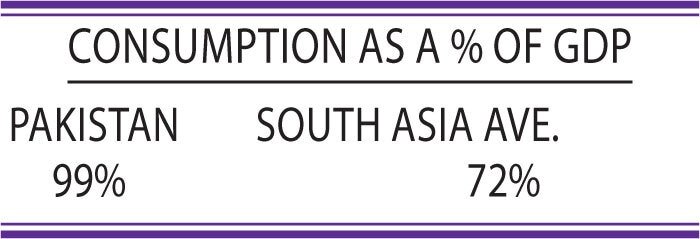Karachi: The State Bank of Pakistan (SBP) is found in the advanced stages of finishing the guidelines for the responsible use of artificial intelligence (AI) in financial services.
These guidelines aim to promote trust, transparency and responsibility in the financial services promoted by AI while protecting the rights and interests of consumers.
In its 2024 financial stability review, the Central Bank said that with the adoption of the emerging in different sectors, the global banking industry is also adopting more and more these technologies.
In the case of Pakistan, financial institutions are also adopting AI technology. The most commonly adopted AI technologies by banks include robotics, process automation (for structured operational tasks), virtual assistant (for customer service) and automatic learning techniques (for fraud detection and risk management).
SBP Survey finds that half of the regulated entities have adopted AI tools
In 2024, the SBP surveyed 55 regulated entities (res) to explore the current state, the future challenges and perspectives to adopt AI within the Pakistan Financial Services sector. The res surveyed included commercial banks (conventional and Islamic), microfinance banks, digital banks, electronic money institutions (EMI) and payment services operators/payment service providers (PSO/PSP).
The results of the SBP survey on the use of AI in the banks reveal that approximately half of the beef has implemented in financial services or are in the development process.
In addition, the survey indicates that AI is being used for various financial services, including fraud detection, customer services, marketing, credit risk assessment, process automation, etc. In this context, banks must take care of AIS’s associated risks and incorporate the AI carbon footprint into their risk management frameworks, introduce it as a specific risk category.
This requires a relevant risk identification, evaluation, development and implementation of appropriate risk mitigation strategies.
“The main step is to recognize the potential environmental risks associated with the adoption of AI systems,” the report said.
The most used AI technologies in the banking sector are among the most energy intensive with real -time processing and high precision requirements.
“After risk identification, banks must measure emissions associated with AI models throughout their life cycle,” the report said.
“Banks must implement risk mitigation strategies to contain the environmental impact of their AI systems. The models and algorithms of energy efficiency AI could help address climatic concerns,” the report said.
In particular, international financing reports (IFRS) S1 and S2 also require companies to disseminate information about all risks and opportunities related to sustainability, specifically on climate -related exhibitions.
“In Pakistan, the adoption of these standards has been proposed gradually, initially starting with traded companies based on certain criteria, such as total assets, billing and number of employees,” the report said.
It deserves emphasis that banks must define the risk appetite and the tolerance of the carbon footprint of AI, the report added. When establishing thresholds, banks would skillfully implement the system of balancing operational efficiency with environmental concerns, he added.
The report says that a very important aspect of AI is to evaluate systemic risks in financial institutions and their clients. For example, high technological penetration and supplier concentration could expose financial institutions to losses derived from operational failures, cyber attacks and supply chain interruptions that affect key suppliers. In addition, the greatest use of AI models with similar characteristics could increase the vulnerabilities of assets prices due to the highest correlations in financial markets.
Posted in Dawn, April 27, 2025








